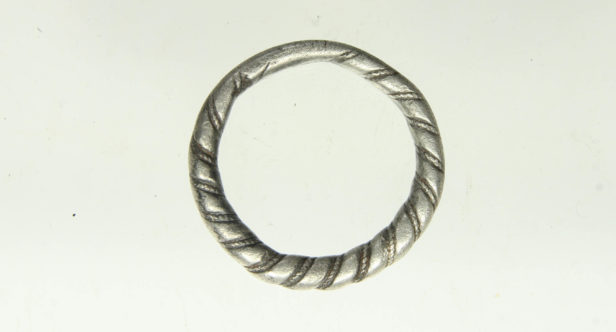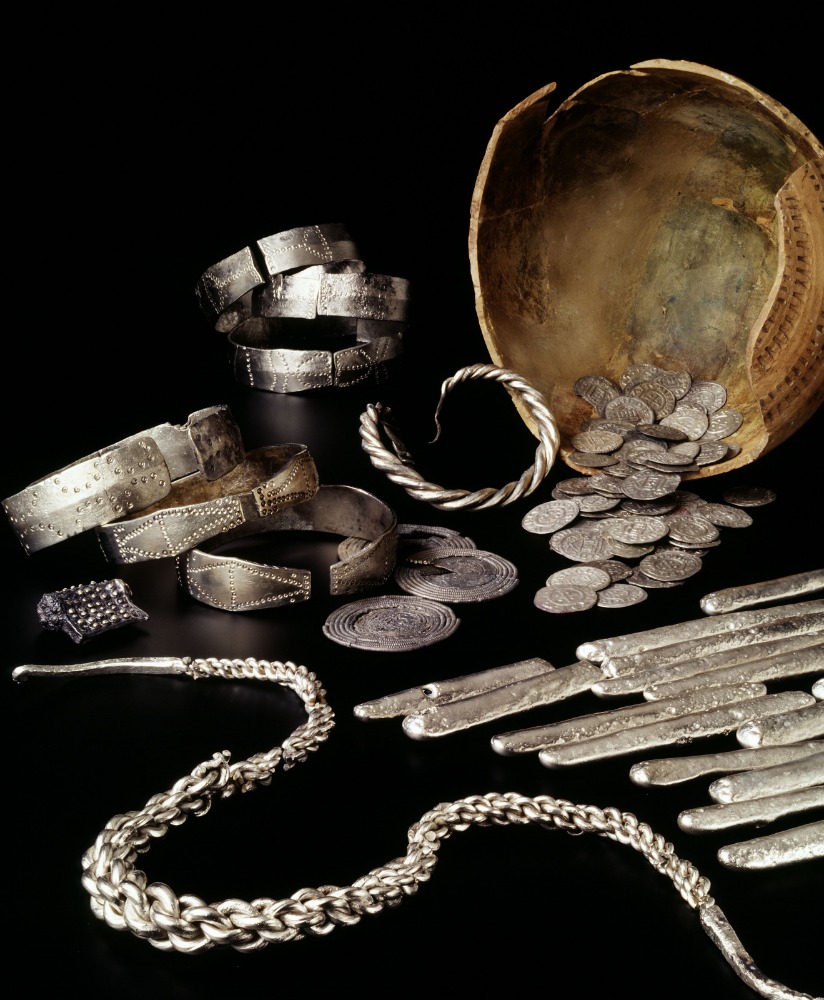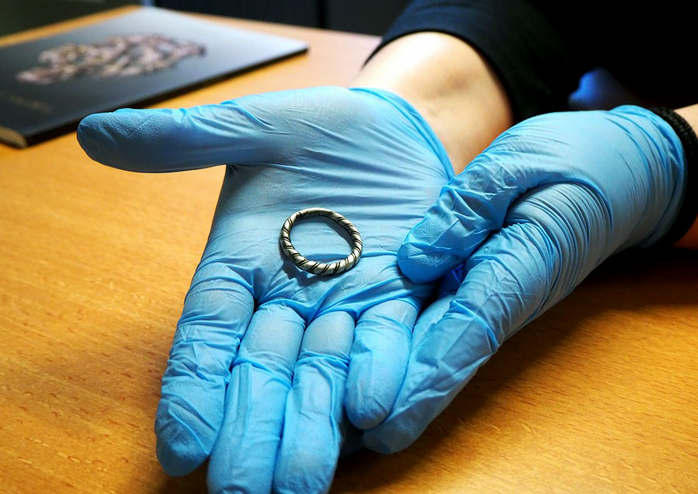Leiden museum buys rare Viking jewel discovered by metal detector
Categories: Treasures , Nálezy nejenom s detektorem v západní Evropě
The silver braided pendant in the shape of a ring was acquired by the Dutch museum Rijksmuseum van Oudheden (RMO) in Leiden. It was discovered during a search in a ploughed cornfield near Hoogwoud on Christmas Eve last year. It has now become part of the national collection - it was bought from the detectorist for an as yet undisclosed price. The museum ranks it as one of the most important finds of the period, and adds it to a unique collection of other jewels from a hoard at nearby Westerklief...
The ring, 25 mm in diameter and weighing 8 grams, is quite large and massive for a ring, which is why RMO curator Annemarieke Willemsen believes it was actually worn as a pendant. In addition, part of the ring is flattened and noticeably frayed where it hung from a chain or cord: "The ring appears to have been deliberately designed as a pendant and the nature of the wear confirms that it was hung from its thinner part.“
It was made of two intertwined silver wires; the main thicker one and an interwoven fine filigree strand. This 'braided' style was used by Viking jewellers between the 9th and 11th centuries AD. Experts have placed the jewel in the 10th century. It resembles in workmanship other artefacts from the hoard found at Westerklief, about 30 km north of Hoogwoud. One of the silver bracelets is made using the same technique.
Experts say it looks like a miniaturised version of a typical necklace worn by the Viking elite of the time. Necklaces were also usually made of twisted wires, which are thin at first and gradually - as the wires were braided - the jewellery became more massive. Pendants of miniature objects - chairs, axes, swords - were hugely popular in Vikings time.
Danish Vikings began raiding what is now Holland as early as the 9th century. They briefly occupied the Dutch coast, but unlike York or Ireland, they never settled here permanently, only for a season.and from there, they made maritime forays into more distant regions. This is one of the reasons why Viking artefacts from the 10th and 11th centuries are so rare in the Netherlands.
The discovery of this jewel will make a significant contribution to the national collection. The museum intends to put the pendant on public display as soon as possible in view of the situation surrounding the Chinese virus.
Roman Nemec
Video



Sources: dutchnews.nl, thehistoryblog.com, digitalekunstkrant.nl
The article is included in categories: